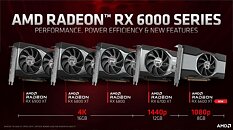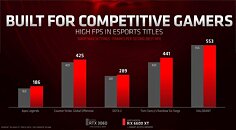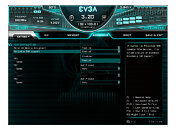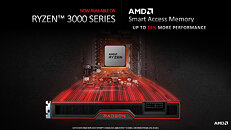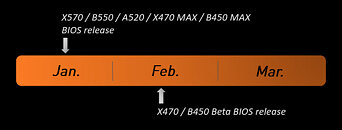
NVIDIA Releases GeForce 572.42 WHQL Game Ready Drivers
NVIDIA today released the latest version of GeForce drivers. Version 572.42 WHQL comes Game Ready for "Indiana Jones and the Great Circle." including support for DLSS 4. Other new optimized titles include "Avowed" and "Wuthering Waves." The driver also offers early optimization for "Sid Meier's Civilization VII." Among the gaming bugs fixed with this release include a crash-to-desktop (CTD) noticed at launch with "Valorant," a system freeze noticed when exiting "Final Fantasy XVI," and performance loss noticed in "Delta Force" with resizable-BAR enabled. Unexpectedly low score for RTX 50-series "Blackwell" GPUs in 3DMark DXR feature test has been fixed. A compatibility issue caused by library version mismatch has been fixed.
DOWNLOAD: NVIDIA GeForce 572.42 WHQL
DOWNLOAD: NVIDIA GeForce 572.42 WHQL








































